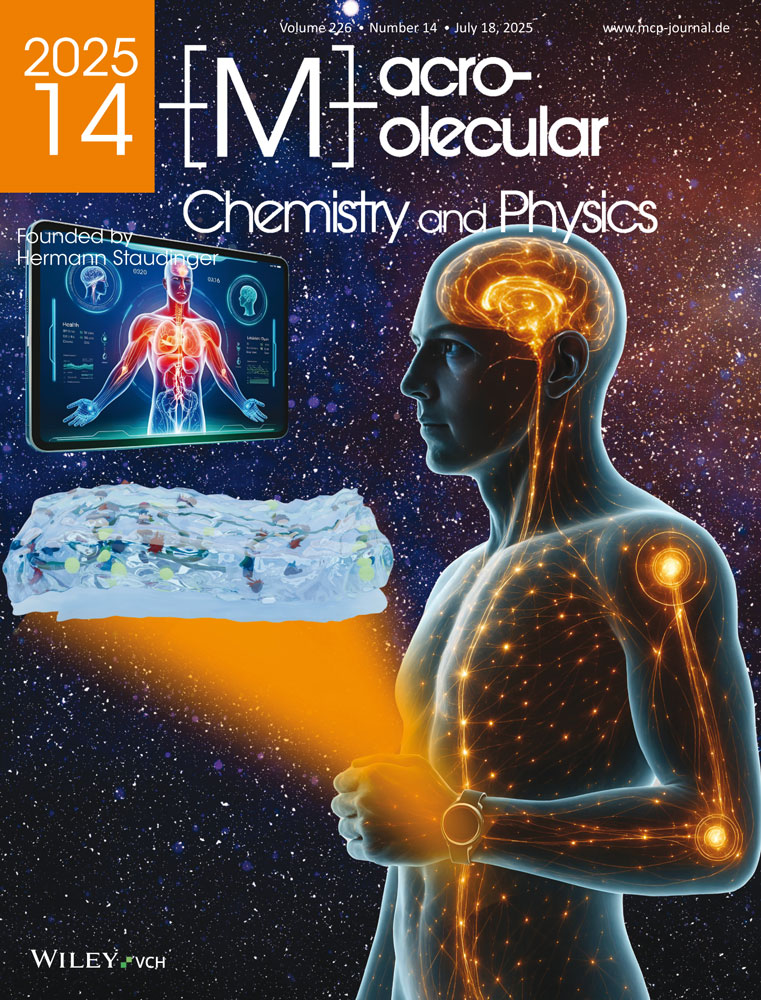Effect of solvent evaporation rate on microphase-separated structure of segmented poly(urethane-urea) prepared by solution casting
Abstract
A useful instrument for polymer film preparation by solution casting was employed in this study. It enabled us to control the solvent evaporation rate of the polymer solution. By using this instrument, the aggregation of hard segments in segmented poly(urethane-urea) (SPUU) was investigated. SPUU was prepared from poly(tetramethy1ene oxide), 4,4′-diphenylmethane diisocyanate and ethylenediamine. The effect of solvent evaporation rate on the microphase-separated structure of SPUU was elucidated by dynamic mechanical analysis, tensile test, differential scanning calorimetry analysis, small-angle X-ray scattering measurement, IR and IR dichroism analyses. The aggregation of hard segments in SPUU was observed to be affected considerably by the solvent evaporation rate of the cast film during the preparation. It was found that the slower the solvent evaporation rate, the higher the aggregation of hard segments to form rigid hard segment domains in SPUU. Nine months after casting, this casting effect still remained on the aggregation state of hard segments of SPUU films, although the interdomain spacing was not influenced by its rate.




